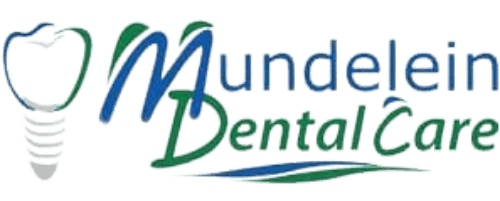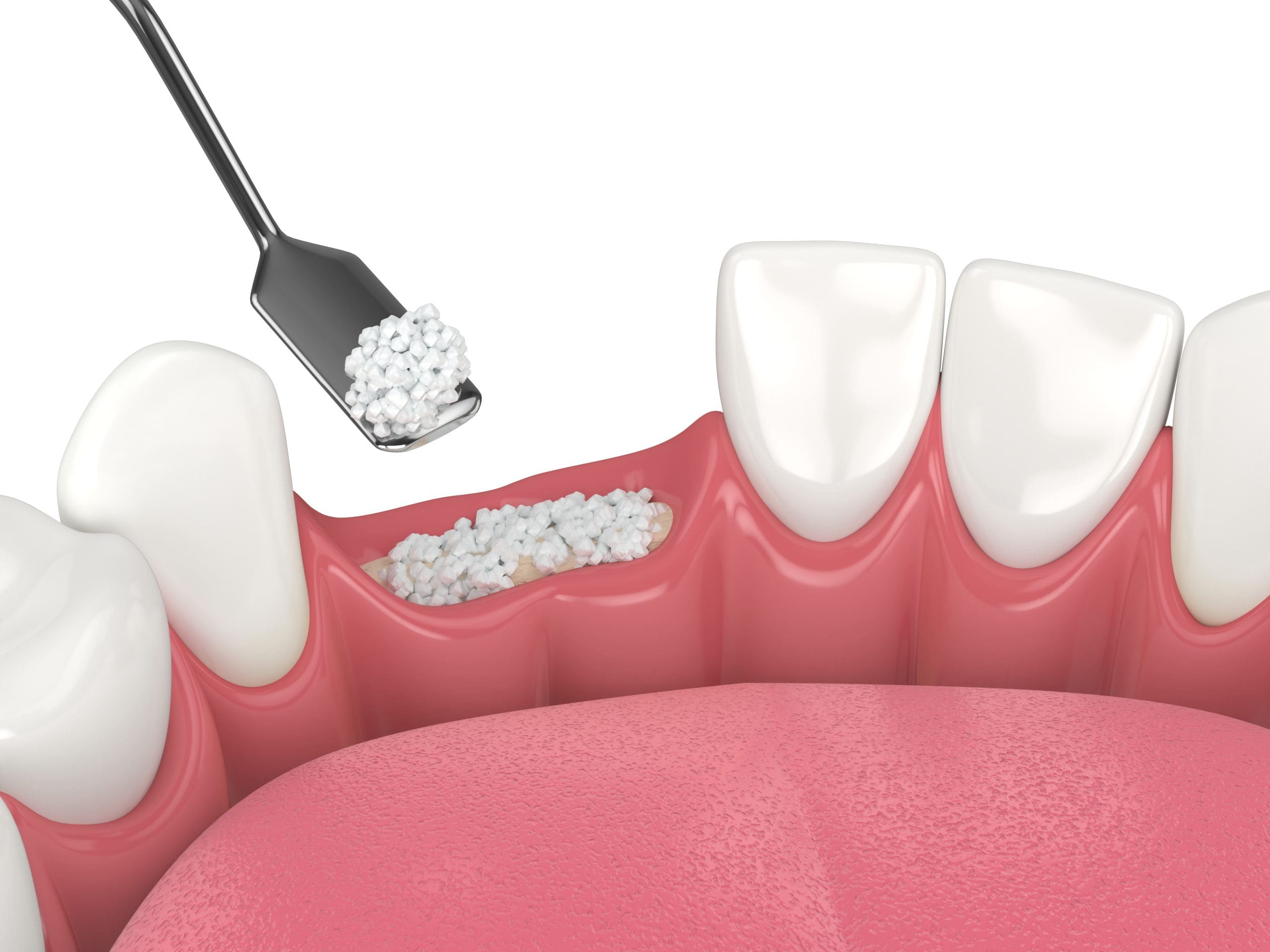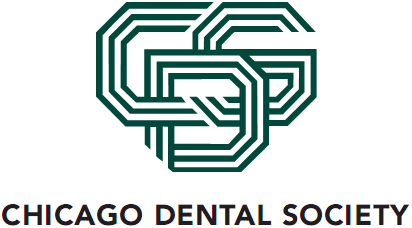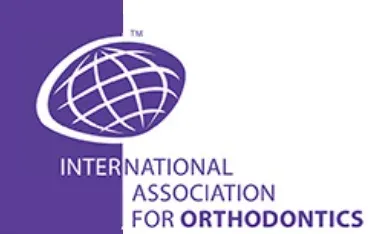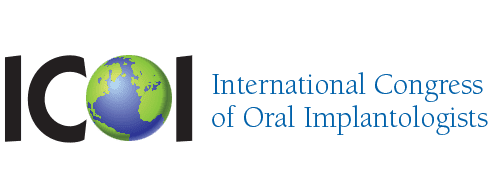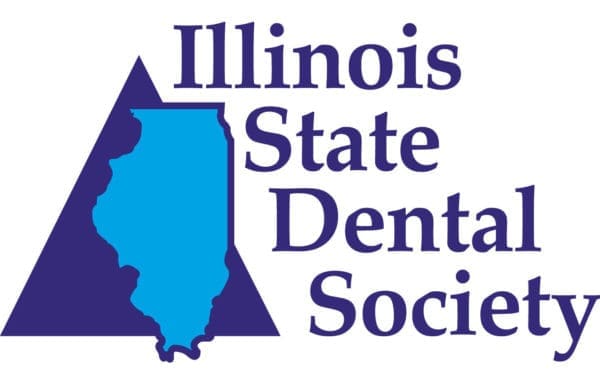Bone Grafting Procedures Explained
Bone grafting is a critical procedure for those who have lost bone density in their jaw, often a prerequisite for further dental work such as implants. At Mundelein Dental Care, the focus is on providing comprehensive bone grafting services tailored to meet individual patient needs. The process involves replacing or augmenting bone in areas of the jaw that have suffered bone loss, using either natural or synthetic bone materials. This procedure not only helps to restore functionality but also aids in maintaining facial structure and health.
Bone Grafting in Mundelein is expertly handled by the skilled team at Mundelein Dental Care, led by Dr. John and Dr. Tom. Utilizing state-of-the-art technology and techniques, the practice ensures that patients receive the most effective and least invasive treatment possible. Whether preparing for dental implants or looking to correct bone loss caused by periodontal disease, the team at Mundelein Dental Care is equipped to support your oral health journey with professional care and precision.
Benefits of Bone Grafting
Bone grafting is a pivotal procedure that enhances the foundation for restorative dental work, particularly when preparing for dental implants. At Mundelein Dental Care, this procedure is expertly handled to ensure patients regain optimal oral structure and health. Bone grafting helps maintain facial bone structure after tooth loss, preventing bone deterioration that can lead to changes in facial shape and difficulties with future dental procedures.
Furthermore, bone grafting at Mundelein Dental Care, under the guidance of Dr. John and Dr. Tom, supports the integration of dental implants with natural bone, creating a more stable base for implant-supported crowns, bridges, or dentures. This improves oral functionality and enhances aesthetic appearance, boosting confidence in social and professional interactions. The advanced techniques used in bone grafting help speed up recovery times and improve the overall success rates of subsequent dental implants.
Bone Grafting Materials Overview
At Mundelein Dental Care, understanding the intricacies of bone grafting materials is pivotal to the success of our dental restoration procedures. Bone grafting is a specialized service designed to enhance the density and volume of the jawbone, which is essential for the stability of dental implants. Dr. John and Dr. Tom utilizes top-tier materials to ensure optimal integration and support for future dental work. These materials are carefully selected to promote bone growth and healing, providing a solid foundation for implants and other restorative procedures.
Whether it’s autografts, allografts, xenografts, or synthetic options, the choice of material is tailored to match each patient’s specific needs and medical history. Mundelein Dental Care is committed to using the most advanced and effective materials. This personalized approach helps achieve the best possible outcomes, ensuring that patients regain their smile’s functionality and natural appearance.
Post-Procedure Care Tips
After undergoing a bone grafting procedure at Mundelein Dentist, it is crucial to follow specific care guidelines to ensure optimal healing and success of the treatment. Dr. John and Dr. Tom recommends maintaining a soft diet for a few days to avoid putting pressure on the graft site. It’s also important to avoid smoking and using straws, as the suction can disrupt the healing process. Keeping the mouth clean is essential, but be gentle around the surgery area to prevent irritation.
Additionally, Dr. John and Dr. Tom advises applying ice packs to the cheek near the graft site to help reduce swelling and discomfort. Over-the-counter pain relievers can be used as directed by the dentist to manage any discomfort. It is vital to follow all prescribed aftercare instructions and attend follow-up appointments to monitor the healing process and ensure the graft integrates well with the natural bone structure.
Ideal Candidates for Grafting
Bone grafting is a specialized procedure that enhances the jawbone’s volume and density, which is crucial for the stability of dental implants. Ideal candidates for this treatment typically include individuals who have experienced bone loss due to periodontal disease, injury, or tooth loss. Additionally, those looking to improve their dentures’ fit can also benefit from bone grafting. This procedure is essential for patients who need a strong bone foundation to support dental implants, ensuring long-term success and functionality.
Patients considering bone transplantation patients should have adequate oral health and be free from conditions that may impair bone healing. This includes being non-smokers or willing to quit smoking, as smoking can significantly hinder the healing process. The dentist at this office will conduct a thorough evaluation, including imaging tests like X-rays or CT scans, to determine if bone grafting is suitable and to plan the procedure meticulously. By restoring the jawbone structure, bone grafting prepares the site for future dental implants and contributes to facial aesthetics and oral health.
Book Your Appointment Today!
If you’re considering bone grafting to enhance your dental health, Mundelein Dental Care is here to help. Call 847-566-5560 to discuss how we can restore your smile and confidence.
For more details, visit our Contact Us page or read what our satisfied patients have to say on Google Maps.
